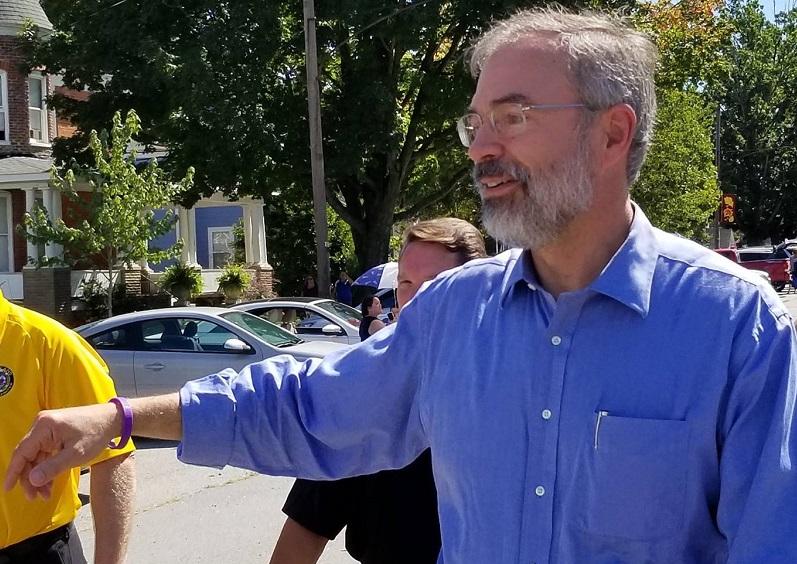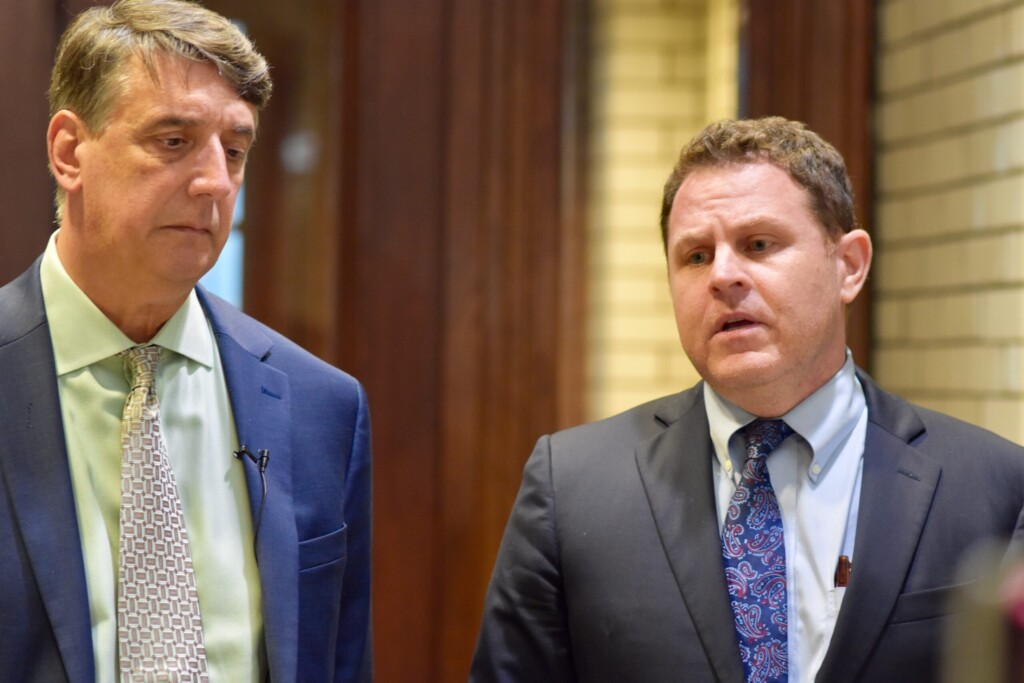After four hours of deliberation and multiple public statements regarding Washington College’s revised application to partially demolish the John H. Newnam Armory, the Historic District Commission approved the plan, greenlighting the future building of a hotel.
The plan calls for retaining the 93-year-old structure’s front façade and demolition of the back area. It will also include memorial applications to commemorate the servicemembers stationed there from 1931 to its decommissioning in 2005.
The HDC requires a 30-month maximum window to demolish the structure. The plans to build a hotel with 75-100 rooms by developer Jay Shah will move ahead after the demolition.
Hotel developer Jay Shaw outlined how a 75-100 room hotel would positively impact the town and county, adding revenue, employment opportunities, and resources for visitors.
Barbara Jorgenson,Thomas Kocubinski, and Steven Mitchell, along with other speakers, presented their case for saving the structure, citing that the mold infestation could be remediated and that grants available to help renovate the structure to its original condition or transform it into another usable space. Others countered that argument, saying that “remediation” of mold issues in a flood plane does not guarantee its future elimination, diminishing the likelihood of an investor undertaking any investment.
Critical to meeting the HDC guidelines for demolishing a building within the historic district is evidence of the owner’s economic hardship. Washington College President Michael Sosulski provided the Commission with that financial information.
The HDC vote was unanimous, ending a decades-long, often acrimonious debate.
“We are grateful for the thoughtful work and care given by the Historic District Commission to the Armory project as well as the overwhelming support we received. This has, at times, been a trying process for our community and we are hopeful that we can turn the page together and work toward a better future for Chestertown, Kent County, and Washington College,” writes Washington College President Michael Sosulski.
The Spy offers video highlights of the proceedings. The complete meeting may be found here.








